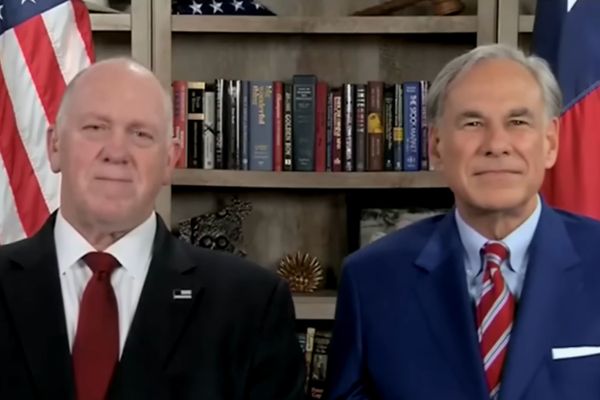The Supreme Court on Thursday imposed major constraints on the breadth of EPA's authority to limit carbon emissions from power plants.
Why it matters: The 6-3 ruling in West Virginia v. EPA will likely make it harder for the Biden administration to meet its climate targets — and may tie the hands of future administrations that want to take aggressive action on climate change.
- The decision may also invite challenges to sweeping regulations imposed by other agencies, in a bid to constrain the bureaucracy writ large.
Driving the news: The court said EPA lacks wide latitude under the current Clean Air Act to force changes in the country's power mix that speed movement toward zero-carbon tech.
- Instead, the court ruling holds that EPA should regulate emissions at the power plant level, rather than essentially setting up a national system that the opinion notes Congress has repeatedly failed to authorize.
- "Congress did not grant EPA in Section 111(d) of the Clean Air Act the authority to devise emissions caps based on the generation shifting approach the Agency took in the Clean Power Plan," the conservative majority wrote in West Virginia v. EPA.
- Chief Justice John Roberts wrote the opinion, joined by justices Samuel Alito, Neil Gorsuch, Brett Kavanaugh and Amy Coney Barrett. The three liberal justices, Elena Kagan, Sonia Sotomayor and Stephen Breyer, dissented.
The intrigue: In the dissenting opinion, Kagan took the majority to task for purporting to know how much authority Congress intended to give to EPA.
- "Whatever else this Court may know about, it does not have a clue about how to address climate change," Kagan wrote. "And let’s say the obvious: The stakes here are high. Yet the Court today prevents congressionally authorized agency action to curb power plants’ carbon dioxide emissions."
- "The Court appoints itself — instead of Congress or the expert agency — the decisionmaker on climate policy. I cannot think of many things more frightening."
The big picture: The new limits on executive power come as President Biden's huge clean energy investment package has stalled in Congress.
- That puts a heavier burden on the federal agencies to cut planet-warming emissions with existing authorities, which now face new constraints.
- The administration's climate goals include a 50% cut in economy-wide greenhouse gas emissions by 2030 and a fully decarbonized electricity sector by 2035.
- Power plants are the second-largest source of U.S. greenhouse gas emissions.
- The administration is in the process of writing regulations for these facilities.
- The decision follows a major scientific report on the fast-closing window to prevent some of the most dangerous effects of global warming, which is already causing substantial harm.
Catch up fast: The case stems from lower court battles over Obama-era rules to cut carbon emissions from coal-fired power plants, and a more modest Trump-era replacement.
- Neither regulation is in effect. But last year, GOP-led states and coal companies successfully petitioned the court to hear cases on the scope of EPA's power.
What we're watching: How EPA will seek to cut emissions from coal-fired power plants in light of the ruling.
- In March, EPA Administrator Michael Regan said the agency's plans include indirectly tackling CO2 with rules that target air and water pollution.
Editor's note: This story has been updated with new details from the ruling and the dissent. It has been corrected to note that the ruling came Thursday, not Monday.
Go deeper:







